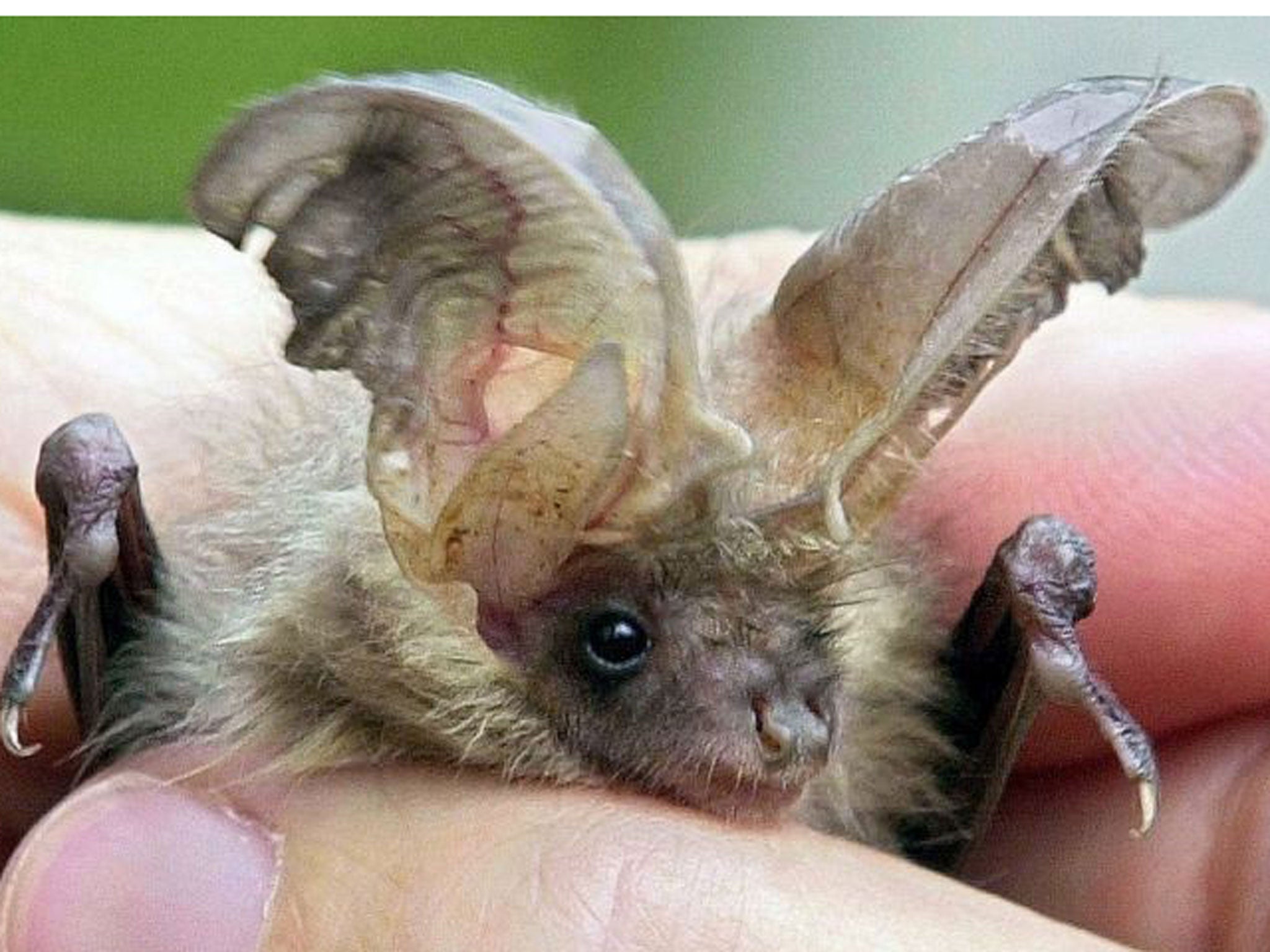Rare species of long-eared bat faces extinction as only 1,000 remain
Main foraging habitats have 'all but disappeared in UK' through changes to land management and farming practices

Your support helps us to tell the story
From reproductive rights to climate change to Big Tech, The Independent is on the ground when the story is developing. Whether it's investigating the financials of Elon Musk's pro-Trump PAC or producing our latest documentary, 'The A Word', which shines a light on the American women fighting for reproductive rights, we know how important it is to parse out the facts from the messaging.
At such a critical moment in US history, we need reporters on the ground. Your donation allows us to keep sending journalists to speak to both sides of the story.
The Independent is trusted by Americans across the entire political spectrum. And unlike many other quality news outlets, we choose not to lock Americans out of our reporting and analysis with paywalls. We believe quality journalism should be available to everyone, paid for by those who can afford it.
Your support makes all the difference.There are just 1,000 of Britain's rarest species of bat left in the UK because of a “dramatic decline” in areas where they hunt for food, experts have warned.
Long-eared bats are under threat and numbers are declining, according to the Bat Conservation Trust.
The future survival of the species in the UK is “questionable” according to researcher Dr Orly Razgour, who called for greater conservation efforts to protect the mammal.
The bats are struggling to survive because of a decline in lowland meadows and marshlands, which are their main foraging habitats. These habitats have “all but disappeared in the UK” following changes to land management and farming practices.
Dr Razgour said the bats should be added to the UK Priority Species list of the most threatened species that require conservation action.
More work needs to be done to protect maternity roost sites, where female bats raise their young, and hibernation places, she said.
The grey long-eared bats have traditionally been cave dwellers but became dependent on buildings for roost sites. To roost, they need large open spaces in lofts and barns close to foraging habitat. Dr Razgour is now calling for identification, monitoring and protection of roost sites and their surrounding grassland area.
“The UK's grey long-eared bats need greater conservation efforts before we lose them,” she added.
“Despite being one the rarest UK mammals, up until recently there was very little known about the grey long-eared bat and the conditions it needs in order to survive.
“Studying the grey long-eared bat, I realised that the plight of this bat demonstrates many of the threats and conservation challenges facing wildlife, from the effects of habitat loss and climate change to the problem of small isolated populations.
Grey long-eared bats live across the south coast of England, including the Isle of Wight, with a small number found in the Channel Islands. Experts have also found one of the mammals in South Wales.
They are traditionally a cave-dwelling species but have become dependent on buildings such as lofts or barns for roost sites.
Join our commenting forum
Join thought-provoking conversations, follow other Independent readers and see their replies
Comments